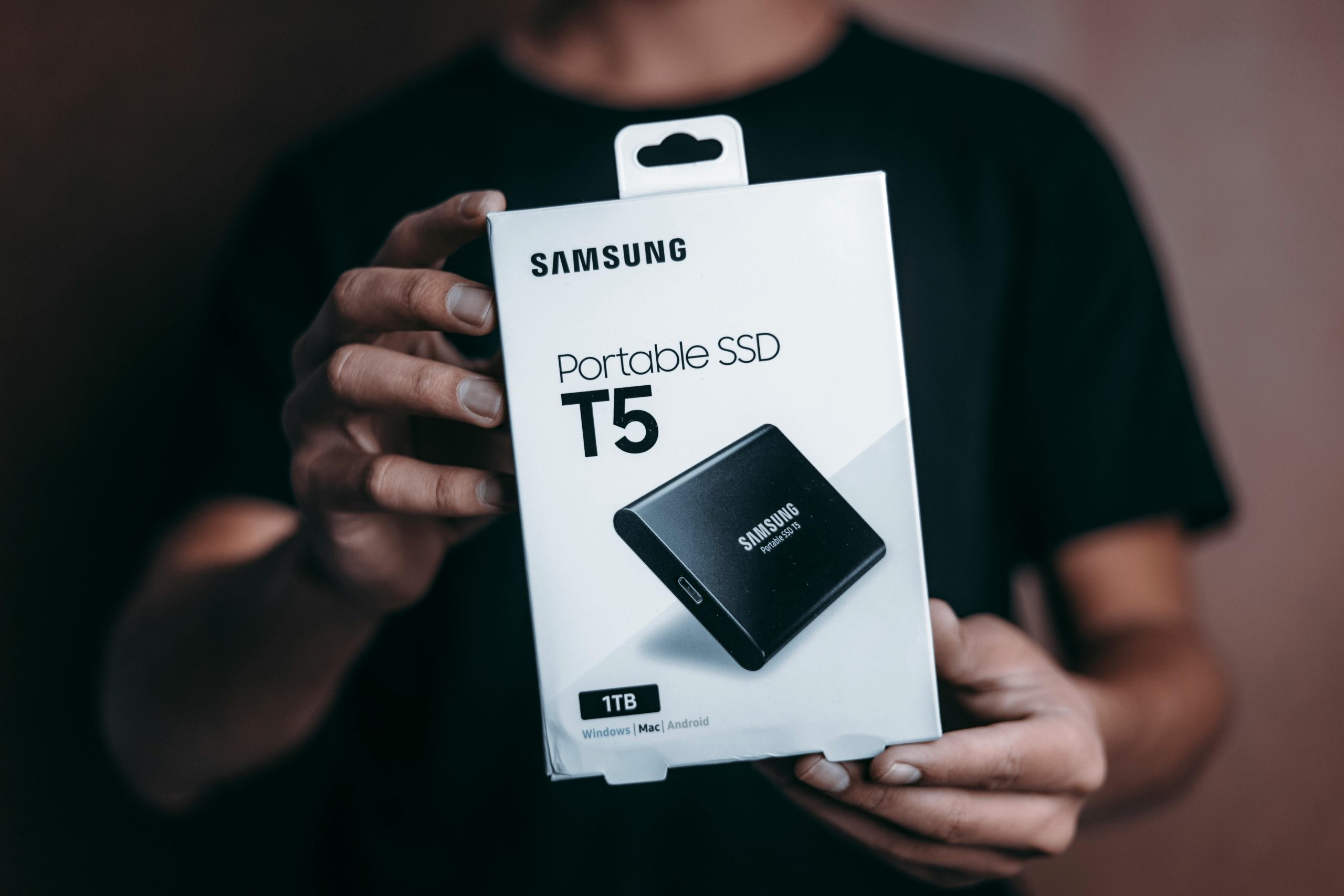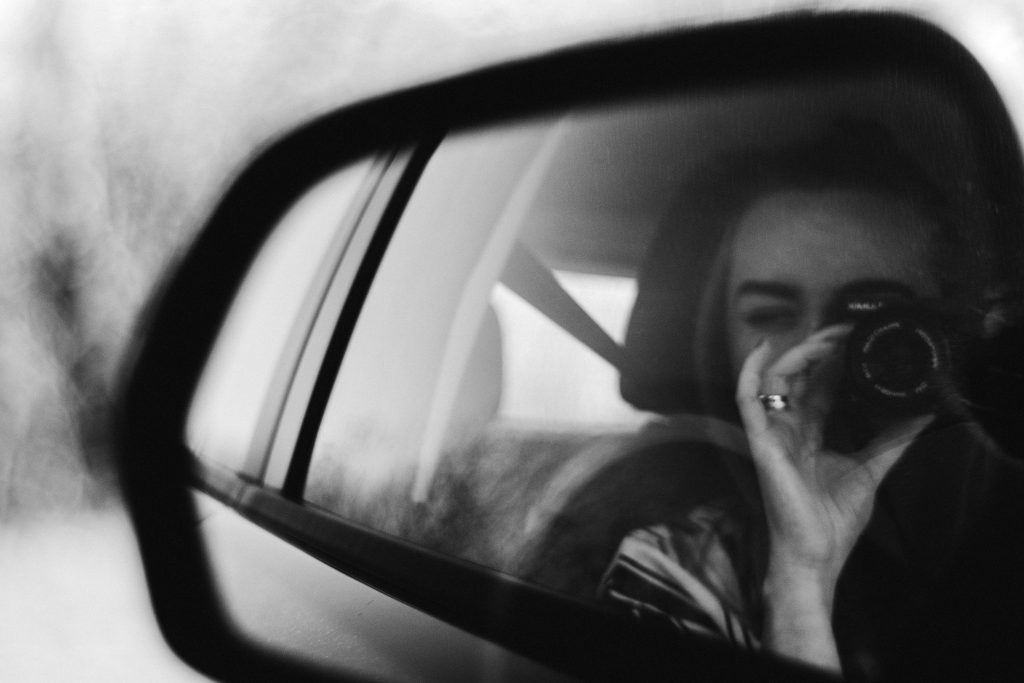Troubleshooting External Hard Drive Recognition Issues: What to Do When Your WD Drive Isn’t Detected
External storage devices are essential for backing up important data, including photos and videos. However, encountering issues where your external hard drive is not recognized can be stressful. If you’re using a Western Digital (WD) external drive—specifically model WDBYVG0020BBL-WESN—and facing connection problems, this guide will help you understand potential causes and steps to resolve the issue.
Understanding the Issue
Many users report a common error message when connecting their external drives: “USB device not recognized, try reconnecting.” Despite seeing this error, some may notice that the drive makes a spinning sound upon connection, indicating that it powers on but isn’t properly detected by the operating system.
Common Causes
-
Loose or Faulty Cables:
Sometimes, the issue lies with the USB cable rather than the drive itself. A damaged or incompatible cable can prevent proper communication between the drive and your computer. -
USB Ports:
Even if other devices work fine on certain ports, some ports may have issues. Testing different ports helps narrow down the problem. -
Drive Firmware or Hardware Failure:
External drives can sustain hardware failures, especially if they are dropped or subjected to power surges. -
Driver or Software Conflicts:
Outdated or corrupted drivers can prevent external drives from being recognized.
Step-by-Step Troubleshooting
- Test with Multiple Cables and Ports
- Use a different, high-quality USB cable compatible with your WD drive.
-
Connect to different USB ports on your laptop. Ensure you are connecting to ports directly on the computer rather than through hubs.
-
Check on Different Devices
-
You’ve already tested with another laptop, which is a good step. If the drive isn’t recognized on multiple devices, it indicates a hardware issue with the drive itself.
-
Listen and Observe
-
The spinning sound suggests the drive is receiving power. No noise or abnormal sounds could indicate internal damage.
-
Update Drivers
- On Windows: Open Device Manager, look for “Disk Drives” or “Universal Serial Bus controllers,” and update drivers.
-
On Mac: Check System Report for connected drives and update macOS if needed.
-
Use Disk Management Utilities
- On Windows:
Share this content:



